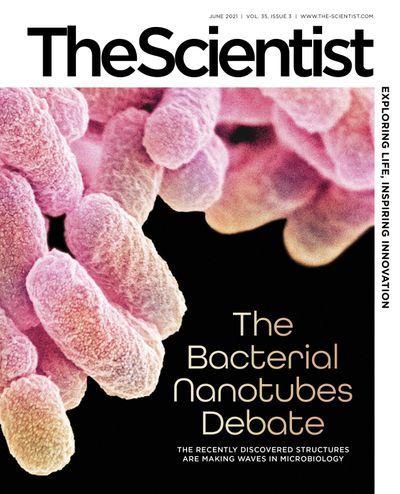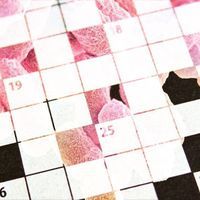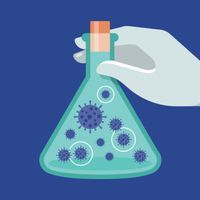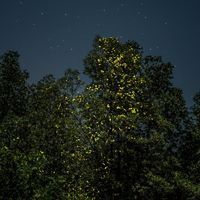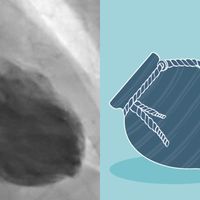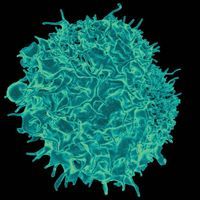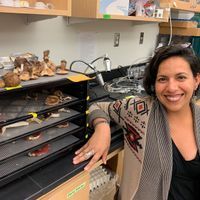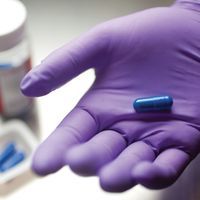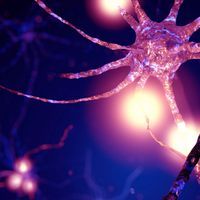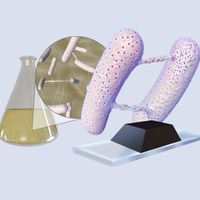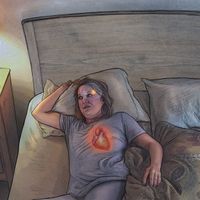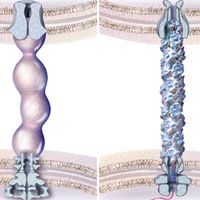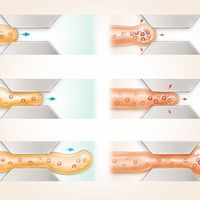Login
SubscribeFeatures

How Environmental Noise Harms the Cardiovascular System
Thomas Münzel and Omar Hahad | Jun 1, 2021 | 10+ min read
Sound from cars, aircraft, trains, and other man-made machines is more than just annoying. It increases the risk of cardiovascular disease.
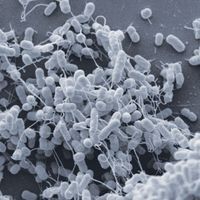
What’s the Deal with Bacterial Nanotubes?
Sruthi S. Balakrishnan | Jun 1, 2021 | 10+ min read
Several labs have reported the formation of bacterial nanotubes under different, often contrasting conditions. What are these structures and why are they so hard to reproduce?
Contributors
Contributors
Contributors
Meet some of the people featured in the June 2021 issue of The Scientist.
Editorial
The Psychology of Panic
The Psychology of Panic
The recent news of consumers hoarding gasoline in the face of a brief closure of one of the world’s biggest petroleum pipelines is just the latest episode of panic buying since the COVID-19 pandemic started.
Speaking of Science
Ten Minute Sabbatical
Ten Minute Sabbatical
Take a break from the bench to puzzle and peruse.
Critic at Large
Opinion: Comparing Coronaviruses
Opinion: Comparing Coronaviruses
In addition to continued scruitiny of the SARS-CoV-2 virus, research on similar pathogens could aid in the fight against the COVID-19 pandemic and future disease outbreaks.
Notebook
Firefly Tourism Sparks Calls for Sustainable Practices
Firefly Tourism Sparks Calls for Sustainable Practices
More and more people are traveling around the world to watch the luminous displays of fireflies, but tourism-related light pollution and habitat degradation threaten to snuff out the insects at some locations.
Sailing the Seas in Search of Microbes
Sailing the Seas in Search of Microbes
Projects aimed at collecting big data about the ocean’s tiniest life forms continue to expand our view of the seas.
The Literature
Fungi Squeezed Through Microchannels Offer Clues to Cell Growth
Fungi Squeezed Through Microchannels Offer Clues to Cell Growth
A study finds that fast-growing species are stymied by narrow gaps, while slower-growing species can pass through and continue extending.
Broken Heart Syndrome Linked to the Brain
Broken Heart Syndrome Linked to the Brain
A chronically stressed amygdala can prime the heart to overreact to acute stress events, a new study shows.
Mucosal Vaccines Protect Mice from Viruses, Cancer
Mucosal Vaccines Protect Mice from Viruses, Cancer
Scientists use a protein found in mucus membranes to ferry vaccines to the lymph nodes.
Scientist to Watch
Adriana L. Romero-Olivares Tracks Fungi’s Response to Climate Change
Adriana L. Romero-Olivares Tracks Fungi’s Response to Climate Change
The New Mexico State University soil microbiologist uses molecular tools to understand how fungi are adapting to a warming world and what that might mean for global nutrient cycles.
Bio Business
Fecal Microbiota Transplantation Is Poised for a Makeover
Fecal Microbiota Transplantation Is Poised for a Makeover
With multiple microbiota therapeutics in the pipeline for recurrent Clostridium difficile infection, clinicians foresee a shift in treatment options for the condition.
Reading Frames
Opinion: The Overlooked Power of Inhibitory Neurons
Opinion: The Overlooked Power of Inhibitory Neurons
Understanding how the brain coordinates electrical activity could be key to developing more-effective treatments for a variety of brain disorders.
Foundations
Leader of the Pack, 1903–1994
Leader of the Pack, 1903–1994
Ruth Ella Moore had a trailblazing career, overcoming barriers of racism and sexism as she pursued her interest in microbiology.
Infographics
Infographic: Sources of Variation in Bacterial Nanotube Studies
Infographic: Sources of Variation in Bacterial Nanotube Studies
Differences in how researchers prepare and image samples can lead to discrepancies in their results.
Infographic: Pathways from Noise to Cardiovascular Damage
Infographic: Pathways from Noise to Cardiovascular Damage
Research in mice and humans points to oxidative stress and inflammation as likely drivers of noise-induced health effects such as hypertension and heart disease.
Infographic: What Are Bacterial Nanotubes?
Infographic: What Are Bacterial Nanotubes?
Unlike other cellular appendages, bacterial nanotubes are made solely of lipids and can connect the cytoplasm of different microbial species.
Infographic: How Fungi Squeeze Through Tight Spaces—or Don’t
Infographic: How Fungi Squeeze Through Tight Spaces—or Don’t
A study finds that slower-growing species are better able to adjust their growth to fit their hyphae through narrow passages.
